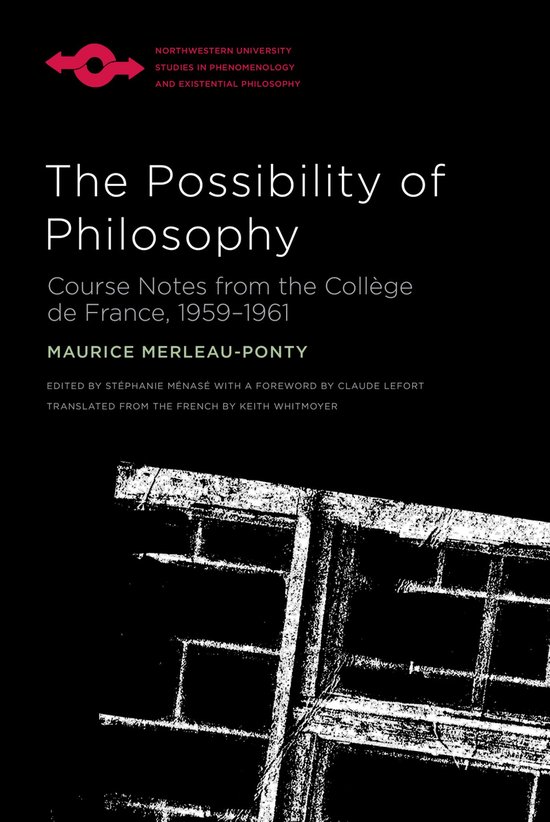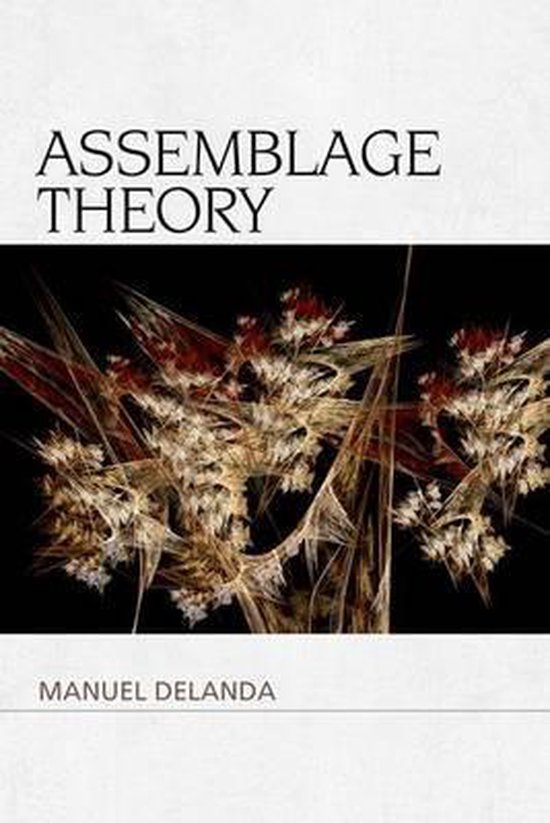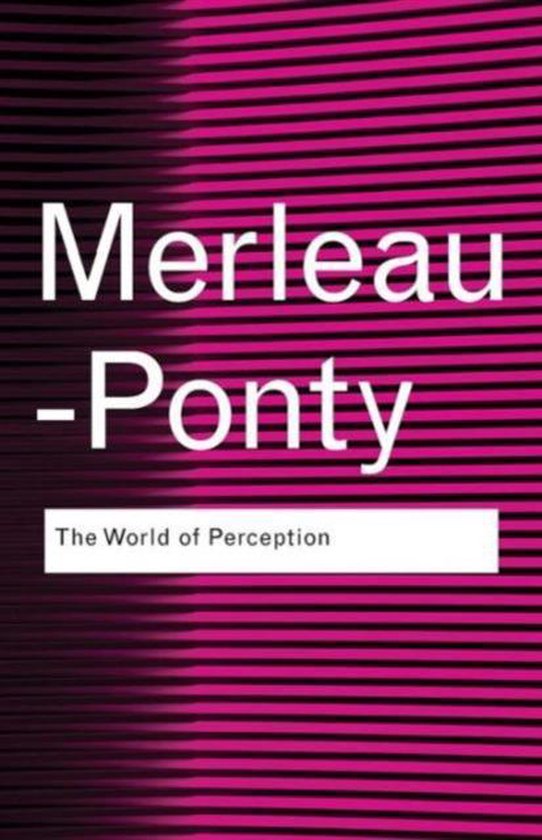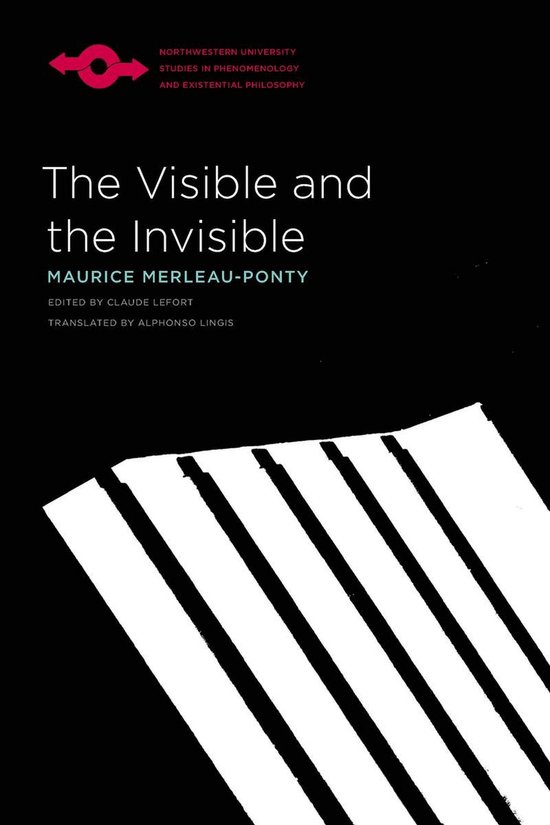
Studies in Phenomenology and Existential Philosophy-The Possibility of Philosophy
Presents the notes that Maurice Merleau Ponty prepared for three courses he taught at the College de France: ‘The Possibility of Philosophy Today’, given in the spring semester of 1959; and ‘Cartesian Ontology and Ontology Today’ and ‘Philosophy and Nonphilosophy since Hegel’, both given in the spring semester of 1961.
The Possibility of Philosophy presents the notes that Maurice Merleau‑Ponty prepared for three courses he taught at the CollÈge de France: “The Possibility of Philosophy Today,” given in the spring semester of 1959; and “Cartesian Ontology and Ontology Today” and “Philosophy and Nonphilosophy since Hegel,” both given in the spring semester of 1961. The last two courses remain incomplete due to Merleau-Ponty’s unexpected death on May 3, 1961. Nonetheless, they provide indications of the new ontology that informed The Visible and the Invisible, a posthumously published work that was under way at the same time. These courses offer readers of Merleau‑Ponty’s late thought a wealth of references—to painting, literature, and psychoanalysis, and to the works of Husserl, Heidegger, Descartes, Hegel, and Marx—that fill in some of the missing pieces of The Visible and the Invisible, especially its often terse and sometimes cryptic working notes. We see more clearly how Merleau-Ponty’s attempt to bring forth a new ontology indicates a fundamental revision in what it means to think, an attempt to reimagine the possibility of philosophy.
The Possibility of Philosophy presents the notes that Maurice Merleau‑Ponty prepared for three courses he taught at the CollÈge de France: “The Possibility of Philosophy Today,” given in the spring semester of 1959; and “Cartesian Ontology and Ontology Today” and “Philosophy and Nonphilosophy since Hegel,” both given in the spring semester of 1961. The last two courses remain incomplete due to Merleau-Ponty’s unexpected death on May 3, 1961. Nonetheless, they provide indications of the new ontology that informed The Visible and the Invisible, a posthumously published work that was under way at the same time. These courses offer readers of Merleau‑Ponty’s late thought a wealth of references—to painting, literature, and psychoanalysis, and to the works of Husserl, Heidegger, Descartes, Hegel, and Marx—that fill in some of the missing pieces of The Visible and the Invisible, especially its often terse and sometimes cryptic working notes. We see more clearly how Merleau-Ponty’s attempt to bring forth a new ontology indicates a fundamental revision in what it means to think, an attempt to reimagine the possibility of philosophy.
| Auteur | | Maurice Merleau-Ponty |
| Taal | | Engels |
| Type | | Paperback |
| Categorie | | Religie, Spiritualiteit & Filosofie |





